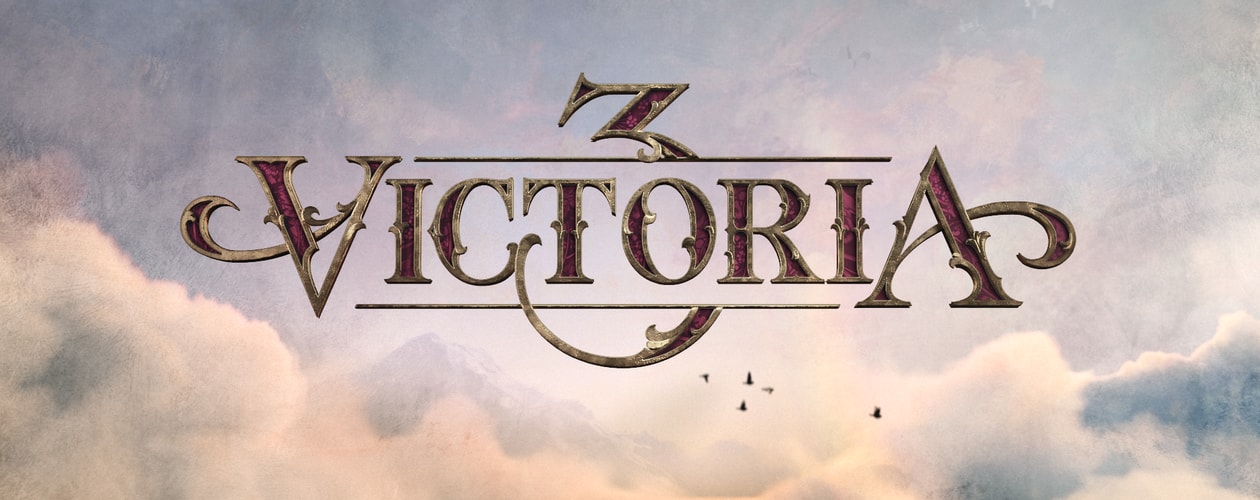

A shortage of clothing on the market might drive you to invest money in more textile mills. It's complex, sure, but made approachable by clear, obvious screens that give you a summary of how your market works… or doesn't work. Abundance makes the price go down, need makes it go up-that snowballs into profits, how much the people working there are getting paid… which affects how much they can buy. It's all simple supply and demand principles based around a base price for each item compared to what it's actually being sold for. All those goods have to be produced somewhere, and contribute to overall quality of life for a population. Everyone on earth needs food, clothing, warmth, and more. It's first and foremost an open-ended historical sandbox, and the core is how it simulates population person by person.

It's first and foremost an open-ended historical sandbox. To address that you engage with a deep and interesting economic simulation that's simultaneously less complex and more believable than others like it. Everything else stems from there, and is much more abstract than the manipulation you do around who does what, when, and how well they eat while they're doing it. It's broadly built around two backbones: Society and economy. No, I was looking at numbers like jobs created, hammers manufactured, universities built, literacy rates, laws passed, political party approval, loyal citizens, and immigration stats. That is the real strength I found in Victoria 3: It wasn't just army sizes and damage stats when you were looking for numbers to improve.


 0 kommentar(er)
0 kommentar(er)
